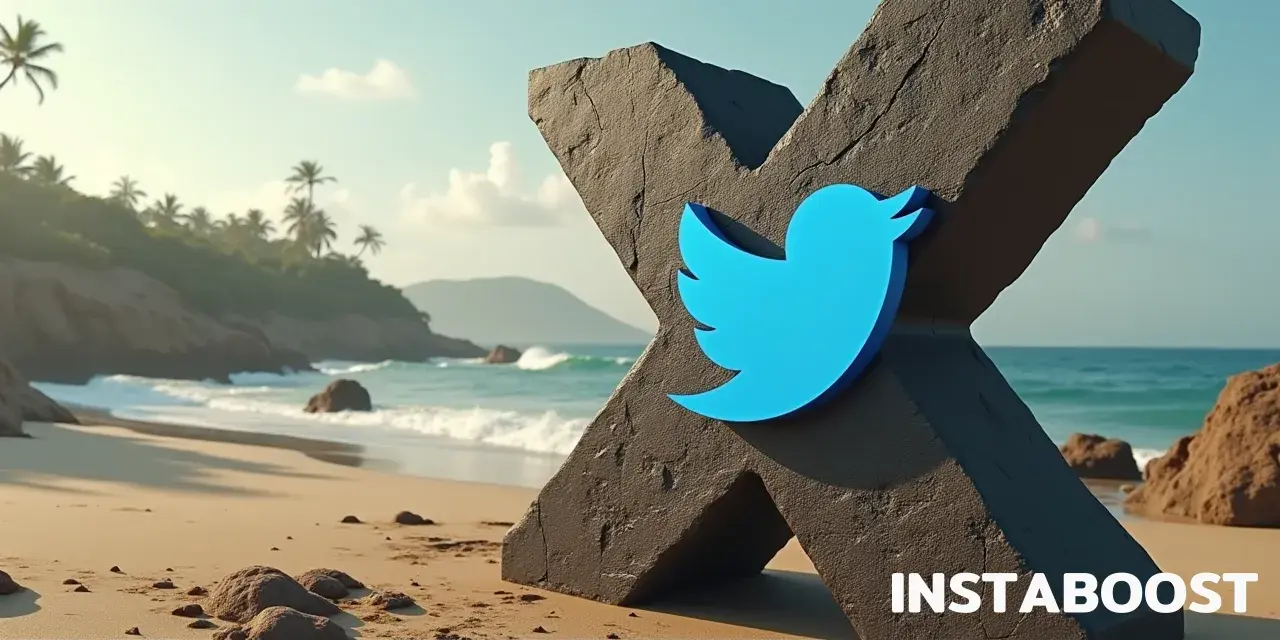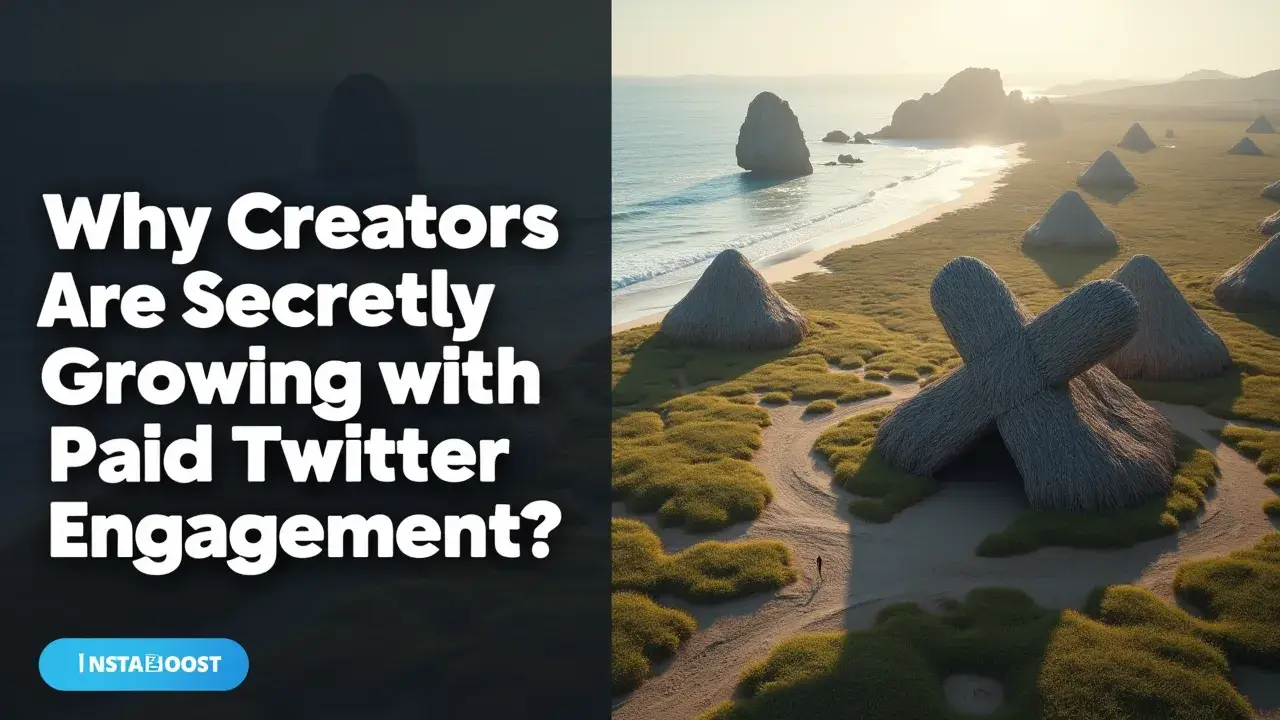Why Are Creators Quietly Growing With Paid X (Twitter) Engagement?
Paid X (Twitter) engagement can accelerate visibility and audience growth when aligned with a creator’s goals. It reshapes influence by signaling activity that can nudge algorithms and social proof, prompting more organic interactions. Results hinge on relevance, consistency, and how authentically the paid interactions mirror a creator’s voice and niche. When used thoughtfully and measured against genuine engagement quality, it can complement long-term strategy without overshadowing real community building.
The Quiet Hustle Behind Twitter’s Paid Engagement Boom
When you look through your Twitter feed, it can feel like everyone’s on the same playing field – people putting their thoughts out there, waiting to see if anything catches on. But underneath all of that, there’s this other thing happening: paid engagement is starting to play a much bigger role. It’s not as simple now as hoping your tweet gets noticed.
More people are putting actual money into boosting their posts, whether that’s joining groups where everyone agrees to support each other’s tweets, paying for retweets, or using services that make the engagement look real. The point isn’t just to seem popular; those early likes and replies can actually help a tweet get seen by way more people, and sometimes that leads to real outcomes, like getting noticed by brands, picking up newsletter subscribers, or landing coverage from bigger accounts or publications.
More people are putting actual money into boosting their posts, whether that’s joining groups where everyone agrees to support each other’s tweets, paying for retweets, or using services that make the engagement look real. The point isn’t just to seem popular; those early likes and replies can actually help a tweet get seen by way more people, and sometimes that leads to real outcomes, like getting noticed by brands, picking up newsletter subscribers, or landing coverage from bigger accounts or publications.
So the whole question of how to grow a following on Twitter is getting more complicated – there’s even this whole world of advice about how to build your X strategy that floats around in certain circles. What sticks with me is how little of this people talk about openly. Most of it happens behind closed doors, so you’re left noticing strange patterns – like accounts that suddenly take off or tweets that rack up hundreds of replies right away, often from the same circles of people.
That old advice to be yourself and share what’s genuinely valuable isn’t really the whole story anymore. As more people pay for engagement, it gets harder to tell who actually has influence and who’s just figured out which buttons to press.
That old advice to be yourself and share what’s genuinely valuable isn’t really the whole story anymore. As more people pay for engagement, it gets harder to tell who actually has influence and who’s just figured out which buttons to press.

Rewriting the Rules of Credibility on Twitter
The real problem with Twitter wasn’t so much in how people used it, but in what everyone expected from it. For a long time, it seemed like being seen as credible on there meant putting in steady effort – gradually building up followers, replying to people, maybe catching some extra attention if a tweet happened to take off. But now, paid engagement has started to quietly shift how things work.
When you see someone’s replies full of activity or their likes suddenly jump overnight, it’s easy to assume it’s because their posts are actually connecting with people, or that they’ve found an audience that really cares. The reality is, it’s getting hard to tell what’s genuine and what’s been boosted behind the scenes. There are services – INSTABOOST is one example – and group chats where people help each other inflate their numbers, making it possible to skip that slow process that used to signal real credibility.
Or sometimes you’ll come across something like an X followers service just sitting in someone’s bio or shared quietly in DMs, another shortcut for jumping the line. From an outside view, though, those big numbers all look about the same. It’s easy to miss what’s changed, especially since so much weight gets placed on how much attention a post gets. Paid engagement isn’t exactly about pretending to be someone you’re not, but it does let people speed through the steps that used to take years. That shift is worth paying attention to if you’re trying to figure out who actually holds influence now, and who’s simply learned how to play along.
Streamlining Your Twitter Playbook
You don’t actually need a huge, complicated plan – you need one that’s clearer and easier to follow. A lot of people on Twitter who are getting traction, especially those using paid engagement, have realized it isn’t about doing everything at once and hoping something takes off. It’s more about trimming away the unhelpful stuff and paying attention to what actually leads somewhere. Instead of filling your feed with threads, replying to every mention, or throwing in hashtags because you feel like you should, they’re narrowing it down to a handful of tweets that are well thought out.
Tools for paid engagement, like promoted tweets or services such as INSTABOOST, aren’t really shortcuts. Sometimes, people even purchase Twitter likes simply to see what draws real interaction. They can help you see, in a concrete way, which topics or approaches speak to the people you want to reach. With that feedback, it’s easier to notice what’s working before it turns into a trend. It’s not about gaming the system – it’s about making better use of your time and energy, so your feed isn’t just noise.
And with the line blurring between what’s paid and what’s organic, it seems like the people who stick with a steady, thoughtful approach end up learning the most. If you’re willing to look at “organic growth” a bit differently, and give a simpler, more focused strategy a real try, you might notice things shift – even if it doesn’t look the way you expected at first.
What Paid Engagement Doesn’t Show You
People talk a lot about how paid engagement can help you grow on Twitter, but they rarely bring up what gets lost along the way. Sure, buying likes and retweets can make it look like you’re getting somewhere, and your follower count climbs fast. But after a while, you start to notice that things aren’t adding up.
The people liking your tweets aren’t really talking to you, and most of your new followers don’t actually stick around for anything you have to say. It’s easy to get caught up in services like engagement pods or tools like INSTABOOST, especially when you start thinking about ways to secure tweet views, since they promise you’ll beat the algorithm, but the second you stop paying, those numbers stop moving. And the replies you do get often don’t feel real – they’re off-topic or generic, almost like nobody’s actually reading what you wrote. None of this gets mentioned when people talk about their growth stories or share tips in threads.
There’s this nagging feeling that your account only looks healthy on the surface, and turning all those passive followers into people who actually care is way harder than it sounds. Plus, Twitter keeps changing its algorithm to catch fake activity, and sometimes your reach just drops without warning if you rely on paid stuff too much. So, while it might feel good to watch your numbers tick up, it’s hard to shake the sense that you’re missing the point, and the real challenge is figuring out how to get people to actually connect with what you’re saying, even after the buzz dies down.
Turning Paid Engagement into Real Momentum
By now, you've probably heard a lot about paid Twitter engagement, so at some point you need to see what it’s actually like for yourself. The numbers can look impressive, but what really matters is how you use the attention that comes with them. Buying retweets isn’t hard, but the people who actually build something over time usually treat that initial boost as a way to try new things.
They pay attention and figure out what turns empty numbers into actual conversations with real people. If you’re thinking about using paid engagement to grow, it’s worth looking past the idea of “going viral.” Instead, try to notice what happens after the first big wave. Are you getting new followers who reply or DM, or do they seem to disappear? Are your tweets bringing out real replies, or is it mostly the same kind of surface-level interaction? One thing I’ve noticed is that the retweet count on Twitter doesn’t always translate to real engagement – it can be surprisingly disconnected from actual discussion.
It helps to think of paid engagement as a starting point – a tool you can use, but not something that carries you. The real work is in showing people why they should stick around. Sometimes I look at profiles that seem to be growing fast, and I’ll pay attention to how they handle it. What do they post next? How do they talk to people? Searching for things like “Twitter growth strategy” or seeing what services like INSTABOOST recommend can give you a sense of what’s working for others. At this point, there isn’t really a secret trick – paid engagement is one step, but figuring out what to do with it is where the real learning happens.















